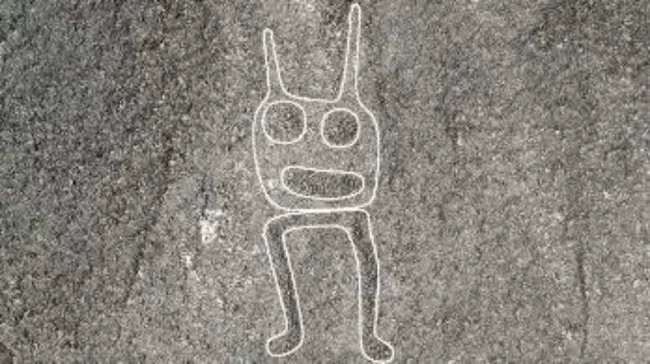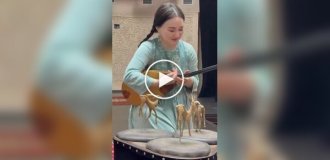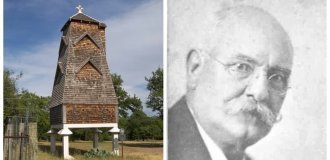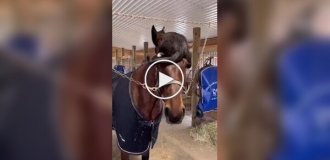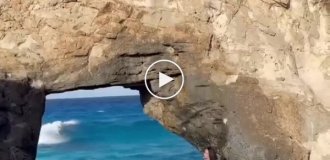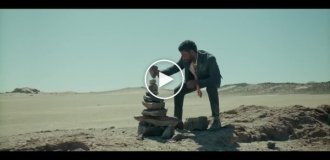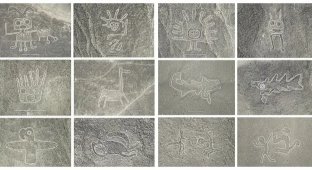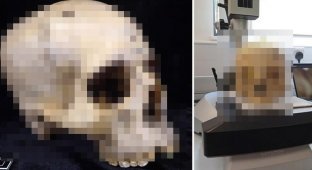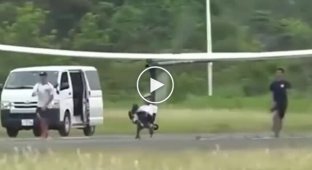303 new geoglyphs discovered in the Nazca Valley (23 photos)
New geoglyphs were discovered last year by a group of Japanese scientists from Yamagata University, 178 "pictures" were found using artificial intelligence. 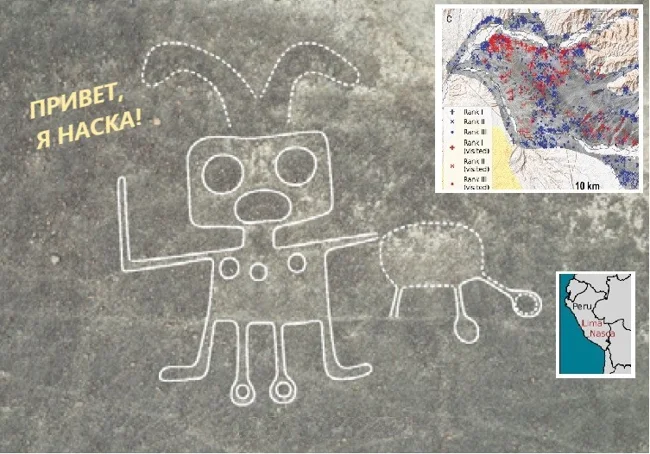
Let's remember how it all began. 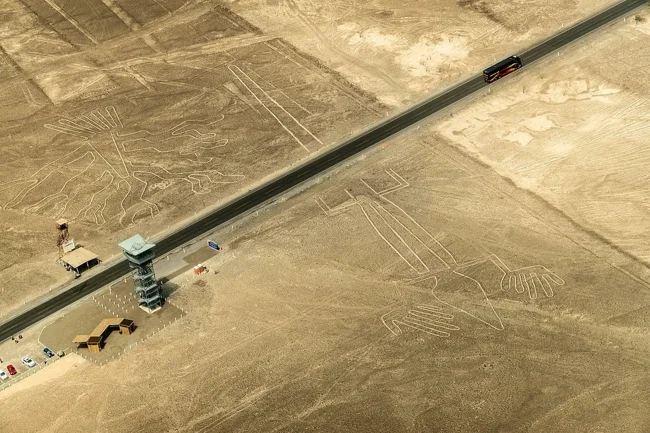
"Lizard", 188 meters long
Back in 1553, the Spanish explorer of South America Cieza de Leon, in his description of the conquest of the continent, spoke of a "beautiful, large road of the Incas" passing through these places and of "signs located among the sands to guess the laid path", but his testimony was ignored for several centuries.
Only in 1927 these "signs" were finally noticed by the Peruvian archaeologist Toribio Mejia Sesspe during a regular hiking trip, but it took him many years to interpret what he saw. In 1939, he presented the results of his research at the next International Congress of Americanists in Lima in a report entitled "Aqueducts and Ancient Roads of the Rio Grande de Nazca River Basin." But the American archaeologist Paul Kossock really revealed the Nazca geoglyphs to the world in the early 1940s. He came up with the idea of flying over the "ancient roads" in an airplane, and the picture he saw was absolutely amazing.
According to scientists, the representatives of the Nazca civilization inhabited this area from 200 BC to 700 AD.
Today, there are several hypotheses that "explain" why these geoglyphs were made. 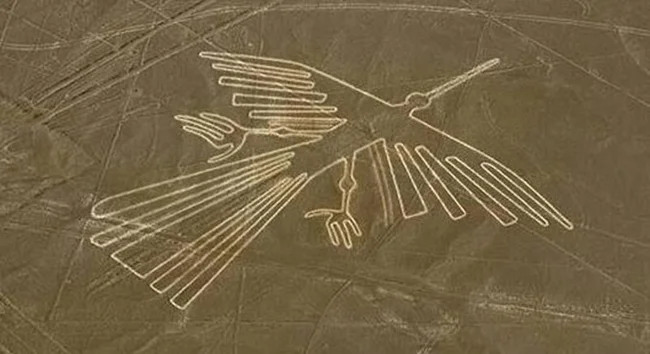
0. "Aliens" - funny, nothing more.
Since these "pictures" can only be seen from a great height, an unexpected assumption immediately arose that they were made for those who will look from this very great height.
For example, locals flying at least on balloons or chariots - in India, according to the "Ramayana", in those distant centuries this was a fairly common form of transport. Or a simpler version - ordinary aliens.
The alien version is so-so. You can just imagine how the inhabitants of the third arm of Orion arrive in the Solar System through the galactic wormhole, fly up to Earth - and there in the Nazca Valley for them, the conventional designations of the landing strip in the form of spiders are scratched - and so there is a parking lot for each civilization.
The Egyptians are cunning, they installed anti-space "hedgehogs" on their territory, otherwise all sorts of "space Brits" are wandering around, they broke the Sphinx's nose. 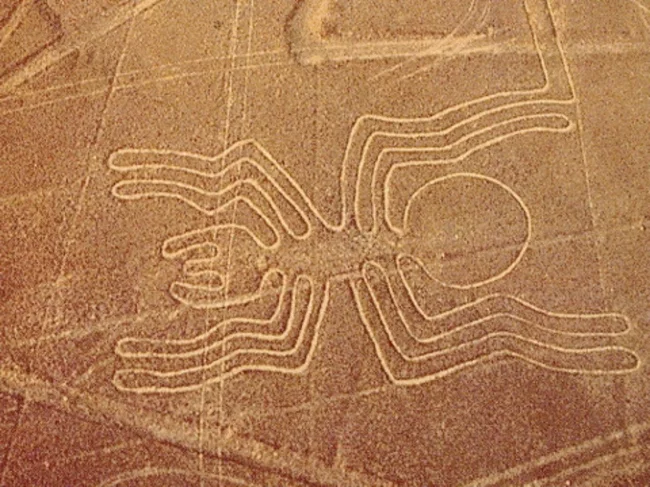
"Spider", 46 meters
1. "Astronomers drew constellations in such a figurative way."
If we saw a couple of bears in our two buckets, then why didn't the ancient Peruvian astrologers see spiders and lizards in the Southern Hemisphere? Why draw them in such a size? Well, you never know, it might come in handy, for example, to make fun of our descendants.
The real attempts of several astronomers to somehow see a map of the ancient starry sky in these "designations" generally failed. In the 1970s, this hypothesis was refuted by the British archaeoastronomer Gerald Hawkins, who combined the Nazca geoglyph map with a star map using computer modeling. About 25% of all the lines can be correlated with some star-celestial landmark, but it didn't go any further.
2. Agricultural calendar.
If the geoglyph ditch is filled with water, we plant rice; if it's not filled, we plant potatoes. The first question, if this is for planning agricultural work, is why do it in such a large size? Local residents do not use them for this purpose now or in the foreseeable past, and unfortunately, there are no living witnesses of those years who could tell us about it themselves.
3. Religious and ritual purposes.
Generally, this is always the most convenient version. It has long been known that if something incomprehensible, ancient, stone and large is discovered, it means it is connected with some extinct religion. It is impossible to refute, you just have to believe.
The weakest point of all hypotheses about geoglyphs is their large size.
The religious version deals with this issue easily - the ancients dug ditches for the drawings far and deep, so that the local gods could carefully examine everything from above.
Actually, this version is considered the main one by Japanese scientists: geoglyphs served as temples and places for various religious rituals.
New Geoglyphs - 2024 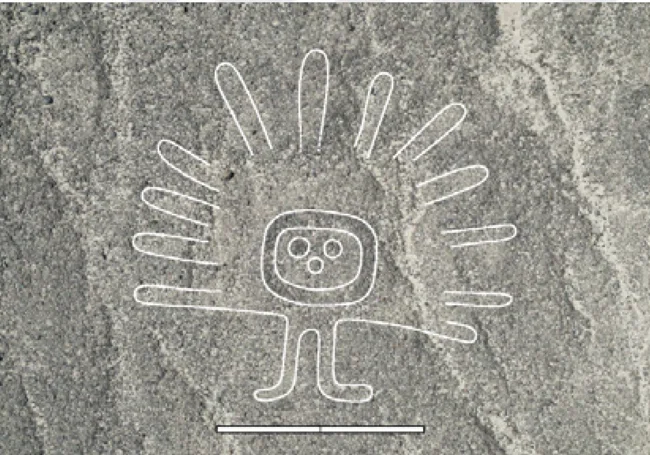
According to scientists at The Yamagata University Institute of Nasca, they analyzed a huge amount of geospatial imagery data obtained from aircraft and drones to identify priority areas with likely geoglyphs for field research. 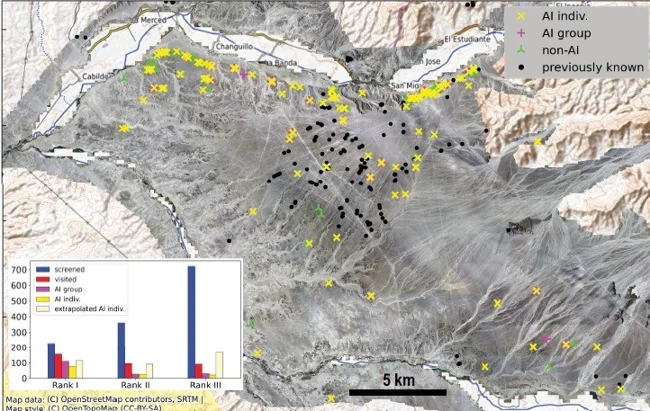
The resulting images were processed on a computer using AI. Based on individual well-preserved lines on the ground, the AI completed the contours and modeled possible complete pictures. 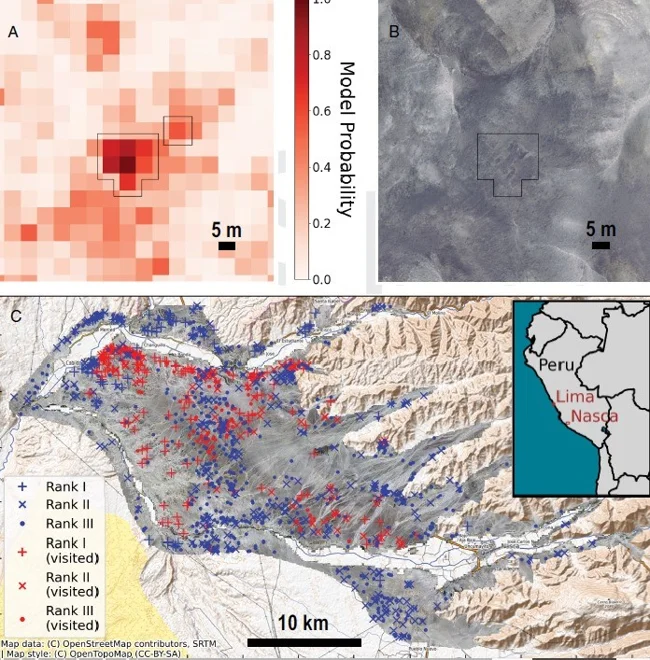
After which the Japanese went to Peru and during six months of field research they actually found these pictures drawn by artificial intelligence, some of the contour lines of which became poorly distinguishable over time.
The "new" images are smaller than previously known. For example, one of them, as can be seen from the picture above, is about 20 meters in diameter. 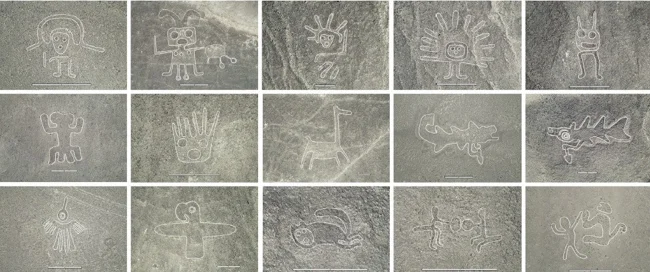
Out of 303 pictures, artificial intelligence helped to discover 178, the remaining 125 were discovered by Japanese scientists independently.
Among the discovered figures are relief-type geoglyphs depicting humanoids and domestic animals, unlike traditional geoglyphs created by large-scale lines, usually depicting wild animals.
Japanese scientists also found out that these “new” pictures are, on the contrary, older in age than the giant geoglyphs discovered a hundred years ago.
A small gallery of new geoglyphs. Or a gallery of alien guests )) 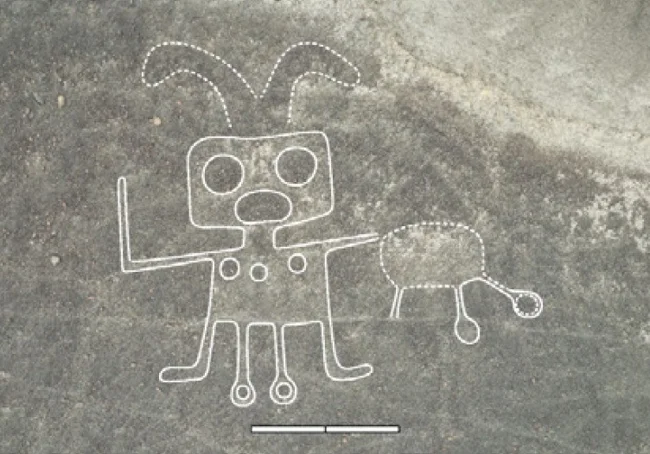
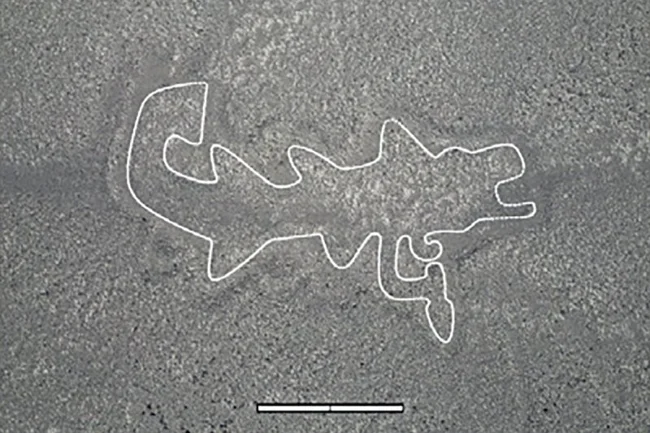
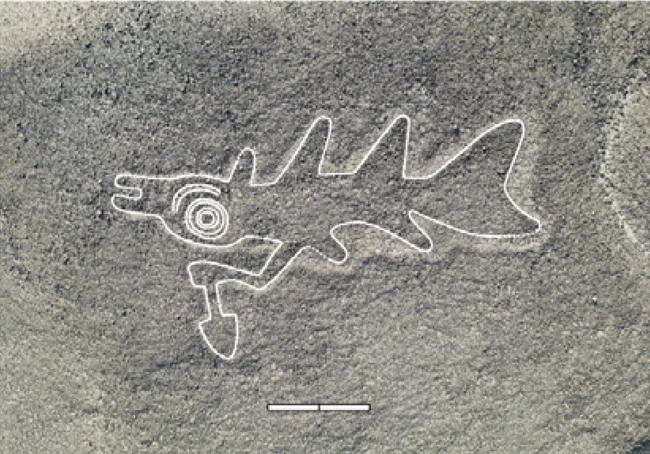
Maybe the aliens were big, and it was their kids who drew them? 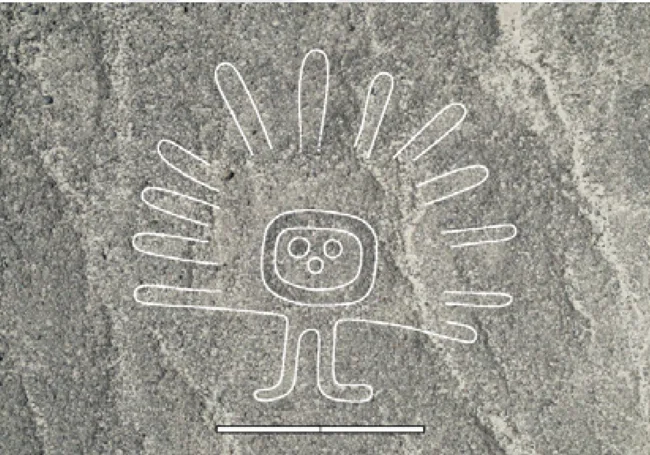
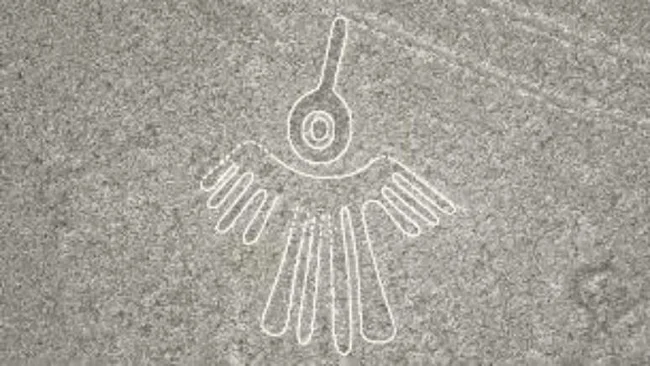
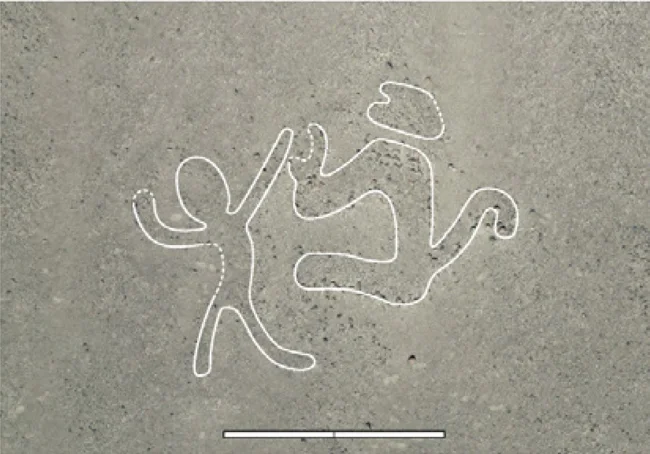
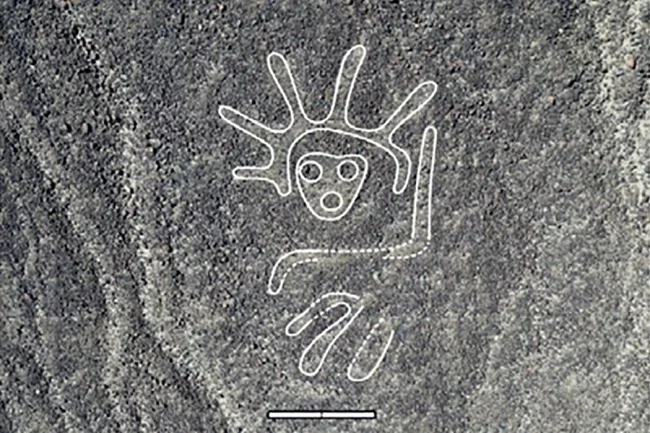
Well obviously a parrot 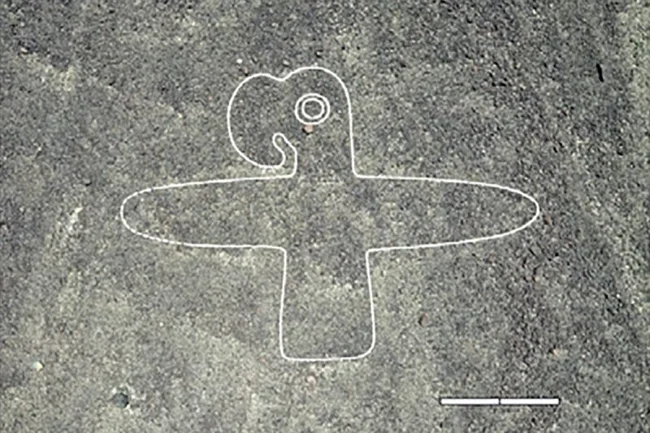
Let's play? 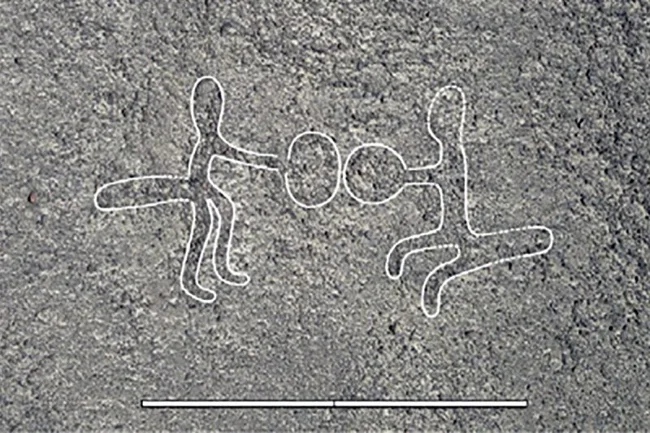
I don't feel like it Today 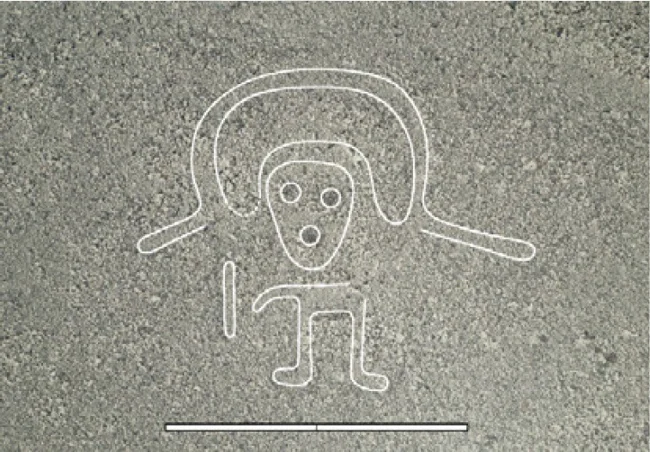
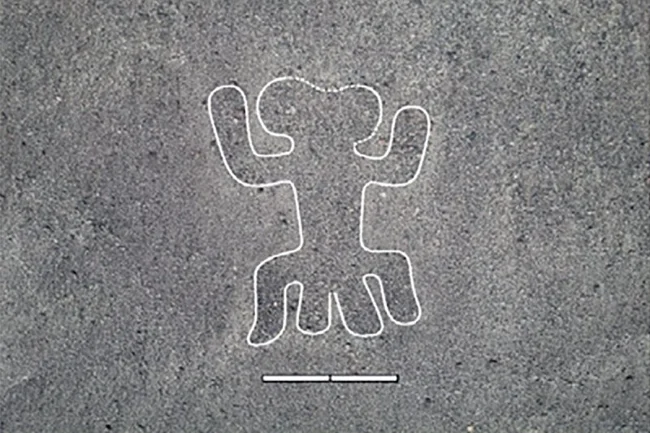
[ thumb]108_files/4f1cf8f7c9add779120196f3bab1ad0e.webp[/thumb]
Horse 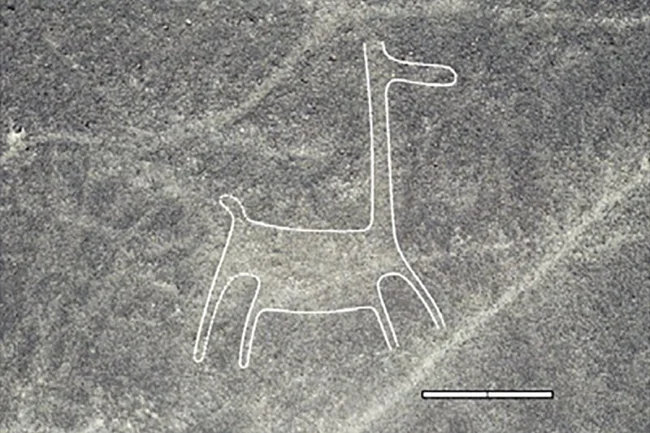
Without the cat, Nazca is not the same 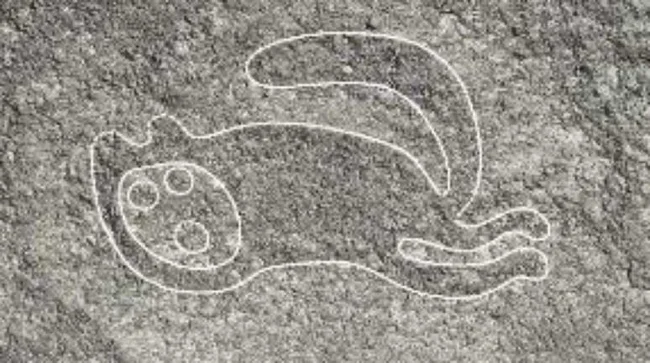
Bye, earthlings, see you soon! 